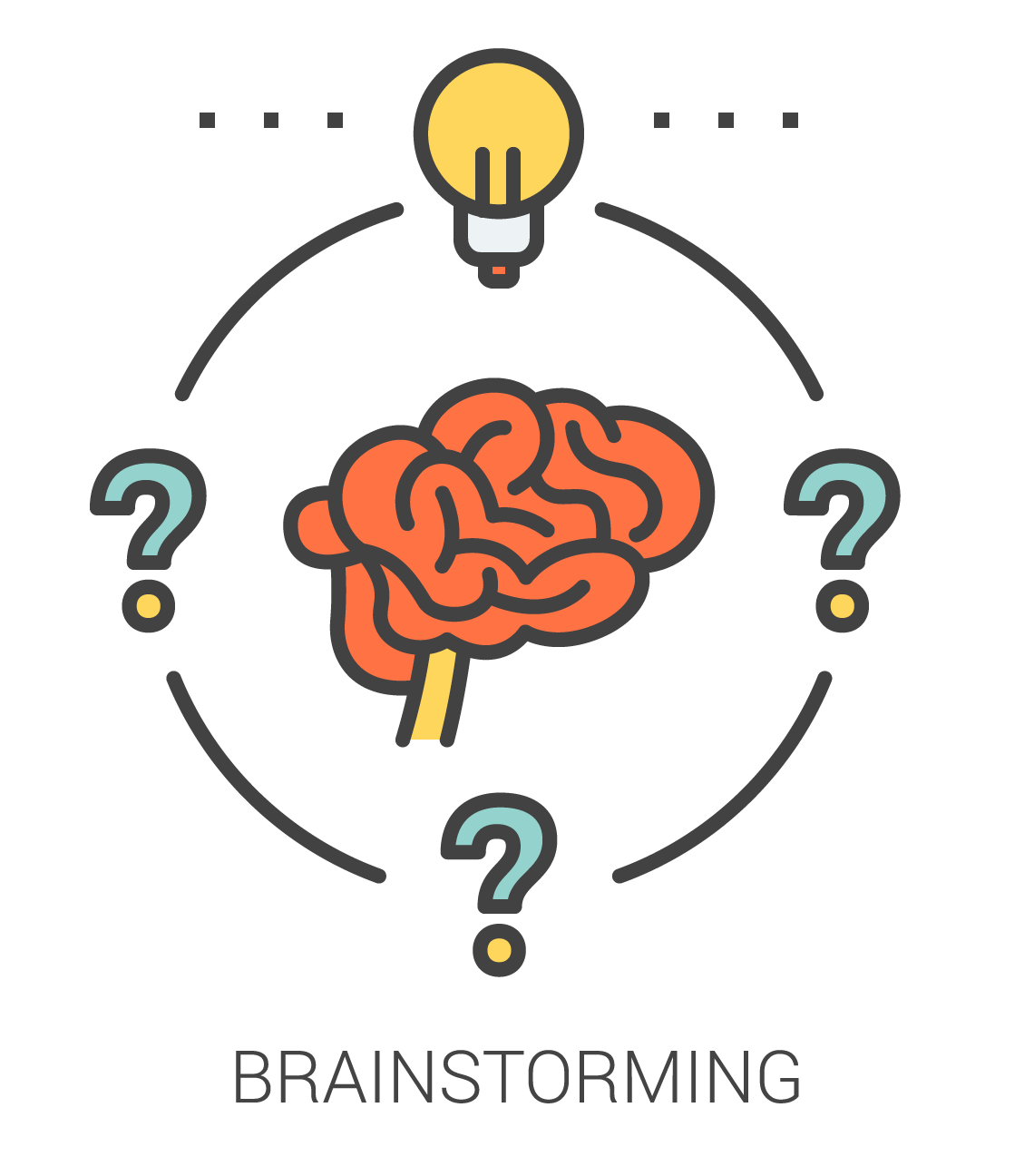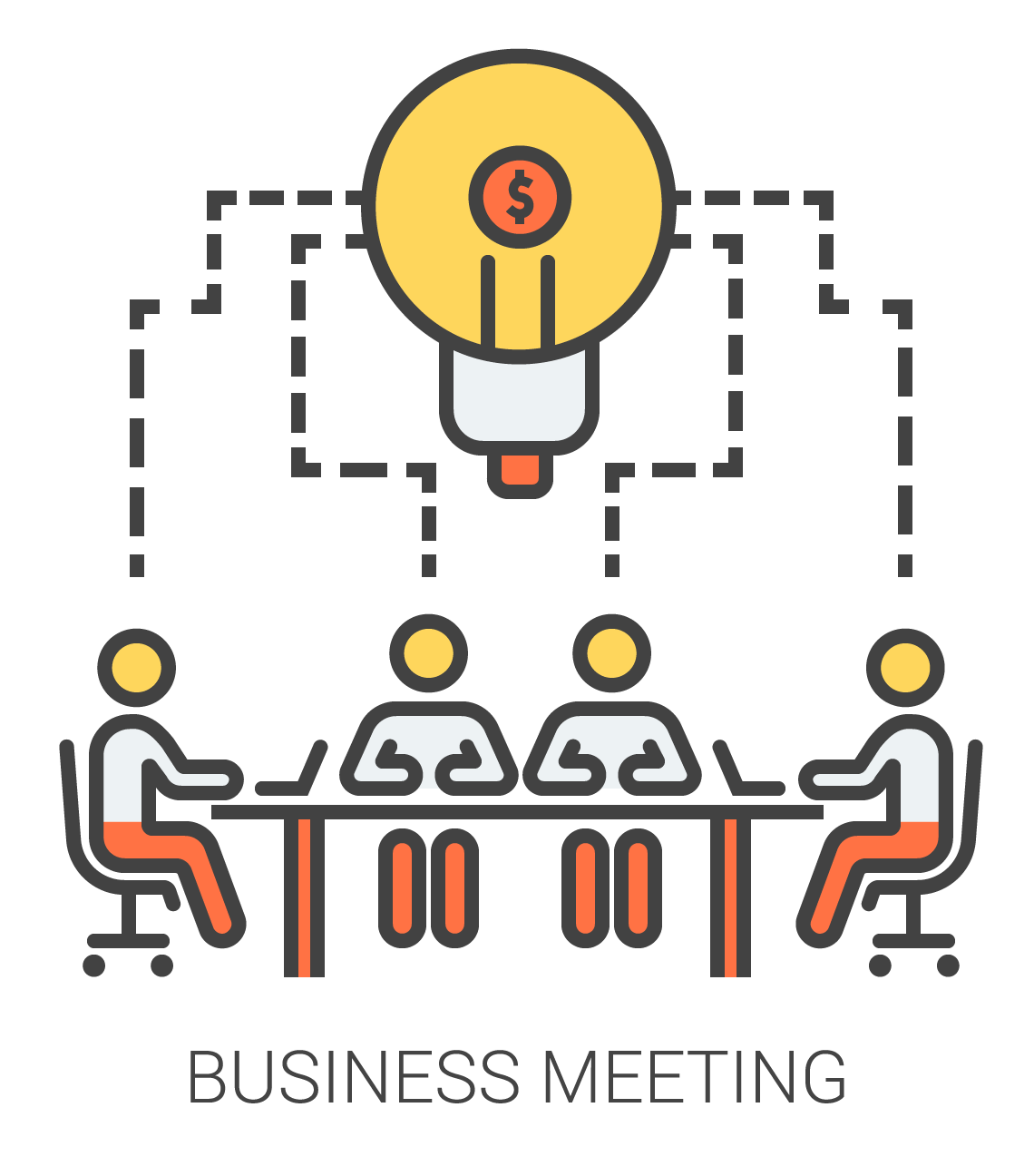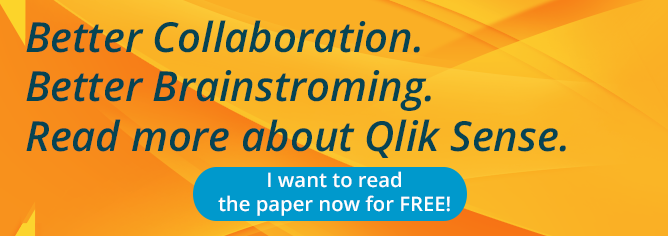
Struck by another brainstorm? I was reading the Harvard Business Review issue of Mar-Apr 2018, when my eyes got cemented to the cover story - ‘Better Brainstorming’. And I was wondering, when a team is tasked with solving a problem, ‘let’s have a brainstorming session’ is probably a regular reaction, right? However, does that always work? To answer my quest, the article talks about how we can get brainstorming done well.
To start with, let’s understand how to acknowledge the ‘problem’ better and I quote from the article “Great innovators have always known that the key to unlocking a better answer is to ask a better question-one that challenges deeply held assumptions, yet most people don’t do that, even when brainstorming because it doesn’t come naturally. As a result, they tend to feel stuck in their search for fresh ideas.” To put it simply, we are probably asking the wrong questions and therefore, we are, at most times, stuck in the whirlwind of ideas that don’t serve us any purpose.
Questioning has also been a bad yardstick for behavior assessment, whether at home, school or work; someone constantly asking questions is considered a pessimist who doesn’t want to get anything done. The author of the HBR article Hal Gregersen goes on to state that “focus on questions, not answers, for breakthrough insights”. And to achieve that, he outlines a detailed three-step process for better brainstorming, a summary of which I have captured in this blog post.

Step one - Set the stage
In this step, he talks about choosing the right problem and putting together a team for the brainstorming session. You may wonder how hard could this be, but you will be surprised. He in-fact gives a clue on how to pick the right problem or candidate for brainstorming, and says, “If the problem or challenge makes one’s heart beat faster, that is the right candidate for brainstorming.” He also insists that it is better to have a diverse set of people in your brainstorming team, especially those who have no direct experience with the problem and come with a starkly different worldview than yours.
Once you have got your A-Team together for brainstorming, give yourself two minutes to lay out the problem for them, without elaborating much. Give the team a future perspective on how things will change for the better when the problem is solved and lay some flooring on why it has not been solved yet and where you are stuck in the process.
Step two - Brainstorm the questions
This is the step where you get to do your favorite thing - set a timer. While it creates a sense of urgency and seriousness of the problem, spend the next four minutes generating as many questions as possible about the challenge, remembering not to pushback on any contribution. Create a list of about 15, short, simple and fresh questions till the times sets off. At the end of the session, do an emotional check on the group to find out how they feel. Are they feeling good about it than they did four minutes ago or are they feeling more stuck than they were before? You can choose to repeat the session after a break or even the next day.
Step three - Identify a quest and commit to it
During this stage, the author states that “About 80% of the time, this exercise produces at least one question that usefully reframes the problem and provides a new angle for solving it”. After collecting the questions from the team, the final act is to commit to pursuing at least one new pathway you would have identified and be after it as the real truth seeker.

Still stuck in the brainstorm?
Hal concludes that the key success factor to this whole exercise is that people should hold themselves accountable for follow-ups. He quotes” Few things are more annoying than a colleague who only asks questions. People must take responsibility for exploring pathways those questions open up and discovering valuable answers”.
I am a great fan of using tools. My phone is filled with apps which help me accomplish important things, whether it is practicing GTD methodologies (Omni focus), meditation (Calm) or recording in a journal (Day One), I have it all. And in my quest to find out which tools can augment this brainstorming process, my natural choice gravitates towards the toolsets from Qlik Tech, the leader in the business discovery space for the last eight consecutive years. Qlik has two different tools Qlik View and Qlik Sense, which are used for visualizing data from disparate data sources in a fast and easy manner, at the same time discovering trends and patterns which are submerged deep inside transaction datasets of enterprises and continue to remain oblivious to the hierarchical query methods of traditional tools.
If you think about Hal’s central theme of brainstorming, most tools can tell you what happened, when it happened and why it happened, and that’s where they end, but Qlik associative search goes one step further and tells you why something did not happen, which is what Hal highlights as specific questions that open up new pathways. He not only stresses on the need for teamwork but also for follow-ups, once the exploration pathway has been identified.
For the teamwork part, Qlik View has a beautiful feature of real-time collaboration called ‘share session’ and Qlik Sense has a similar feature in the form of ‘storyboards’, which helps people across cross-functional teams to collaborate in real-time. For the follow-up part, Qlik’s self-service feature lets you quickly transform the follow-up action into a KPI where you can also track the progress, either as a visual attribute or as a standard report, all with just a drag and drop.
A good process on a bad tool or a good tool on a bad process can yield no results, and in my view, Qlik and Better Brainstorming methods are an ideal combination for people who want to brainstorm by questioning and following-up on those exploratory questions to seek valuable answers.
